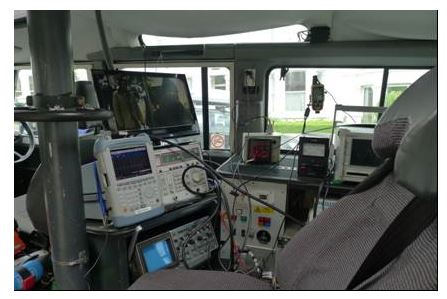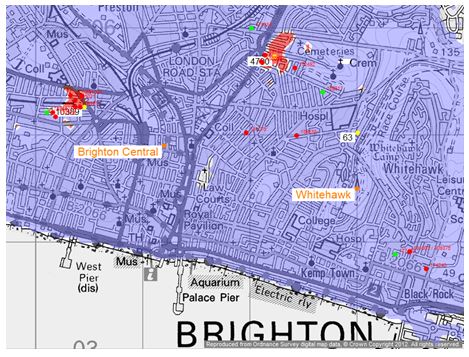We have provided specialist technical advice to ‘Digital Mobile Spectrum Limited’, the UK body charged with managing issues of LTE to DTT interference at 800 MHz LTE. This work has involved a number of strands including; the development of algorithms and computer models for the site-specific prediction of interference from mobile base stations to domestic DTT receivers; field trials and measurements to diagnose specific interference cases and to develop model parameters; representation on relevant committees and the preparation of technical reports.
As part of this advice we undertook a substantial programme of measurements. A number of Pilot Trials of LTE were carried out in the West Midlands, London and Brighton and we undertook measurements of both the wanted (DTT) signals and the trial interfering signals from the base stations. This data was required to:
- Diagnose any reported incidents of interference and so address immediate problems
- Gather data with which the interference prediction model used by DMSL could be assessed.
The key measurement parameters in this work were the absolute field strengths of the DTT signal and the LTE signal. To allow the measurements to be completely system independent, the results were all recorded in terms of the absolute field strength (dBµV/m) in the native band width of the system concerned (10 MHz for LTE, 8 MHz for DTT). The photo below shows the interior of the Land Rover fitted for DTT measurements.

In addition to the field strength measurements a number of DTT quality measurements were recorded.
The measurements of LTE interference to DTT were made at discrete locations but the results were plotted to provide a visual indication of the difference between the measurement data (red or green spots depending on interference status) overlaid on a prediction of expected interference (blue=service, red=interference). It was immediately clear there were differences between the measurement and predictions.

